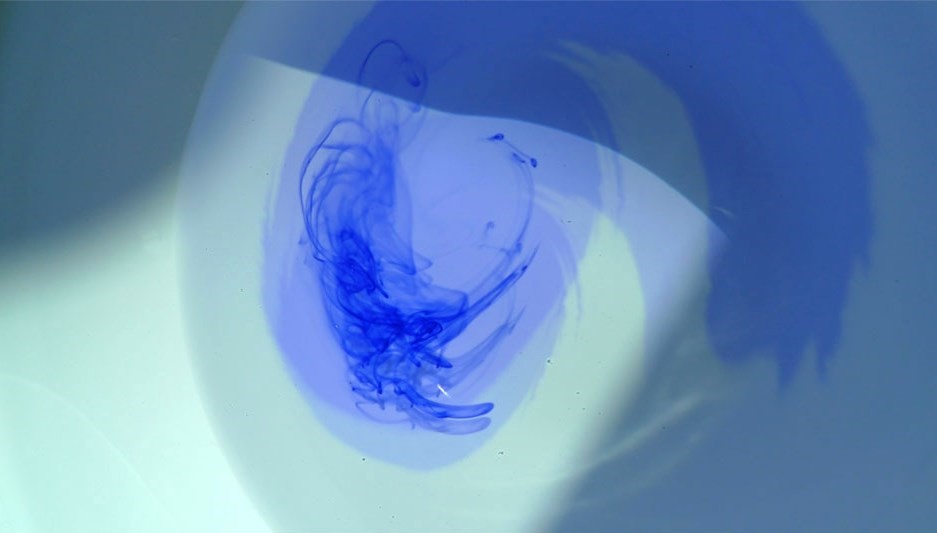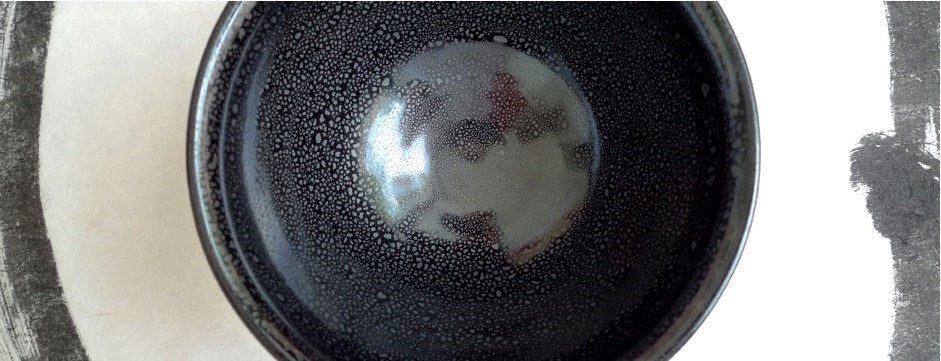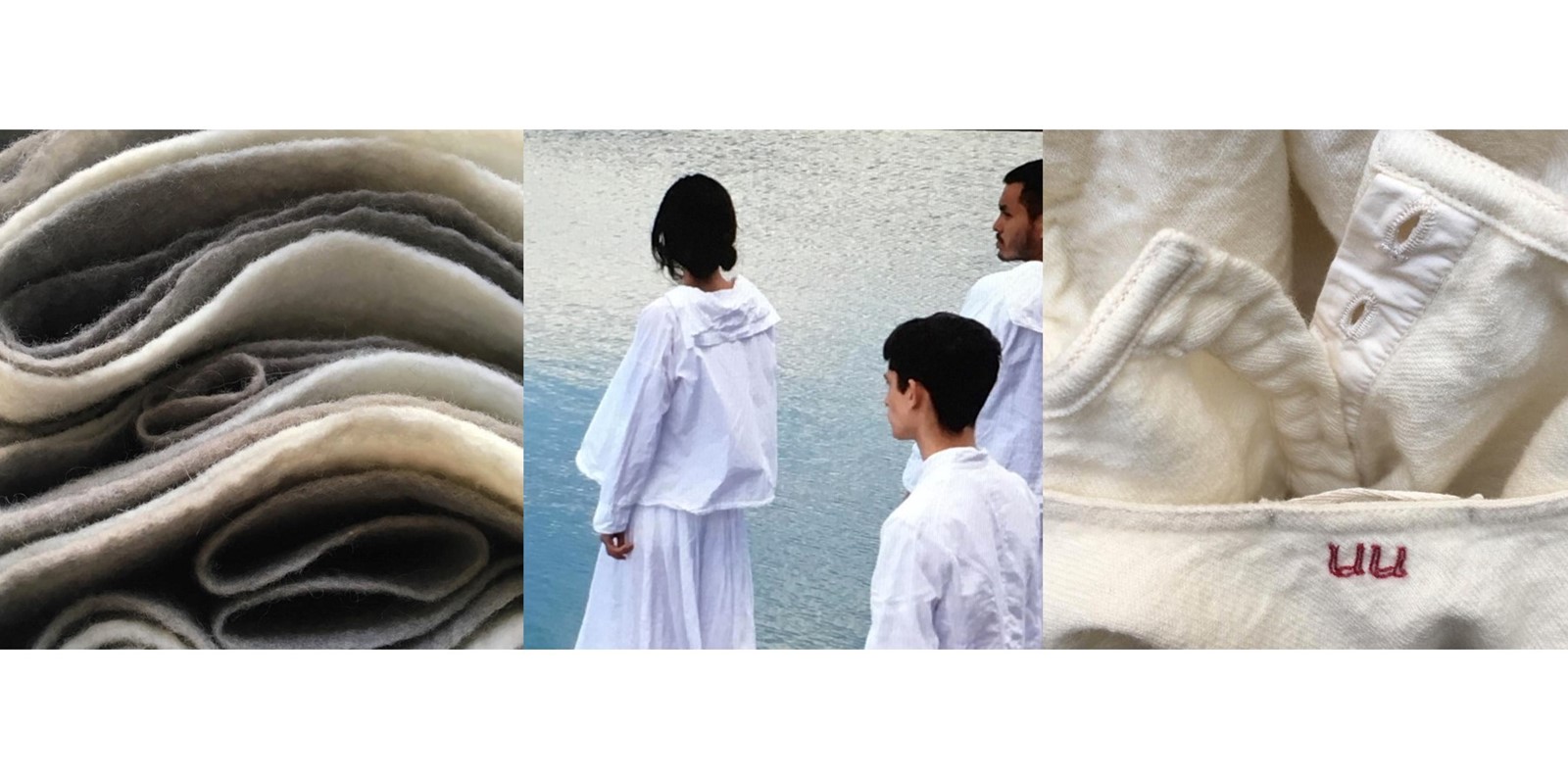That common fashion phenomenon, where a trusted brand expands rapidly or gets bought out and quality takes a nosedive, is deeply disillusioning. Products can cost the same or more, but what you take home is diminished: French seams are replaced by overlocking; stitching on shoes is switched for glue, as you discover when the sole flaps off; product lifespan shrinks to a fraction of what it was. Anecdotally, two recent pairs of my own Dr. Martens broke after a few months, whereas my dad’s lasted 15 years — and there are many such tales of woe.
However, while giants like LVMH, Kering, Prada Group and Burberry have recently been racing to shore up growth and rescue falling share prices as demand for mass branded luxury has slowed, other, much smaller fashion and leather goods companies have eschewed the pressure to scale up, despite growing demand, preferring to preserve methods of manufacture and a degree of personal involvement not possible on a larger scale. Universal Utility, Tallowin and Old Town are three flourishing British brands set up by untrained self-starters, whose continued pleasure in making and meticulous attitude to detail add up to an approach to fashion that is radical in its slowness – rejecting the imperative to grow constantly. Here, we explore these three, homegrown brands which each break the modern mold of accelerating their pace of production – starting with the avant-garde underground of Universal Utility.

Wedged into the narrow cavity between two buildings and set over three stories on Warren Street in London is In-Ku, the home of Carin Mansfield’s twenty-year-old brand Universal Utility. Clothes hang informally from Shaker-style pegs that run round white walls, and Japanese bamboo mats cover the floor. Felted woollen slippers are provided at the door and it’s politely requested that you remove your shoes. Meena, a fully trained architect and stylist fronts the shop and, when I visit, she wears a brown corduroy apron dress over cropped trousers crafted from the same material, both of which she made herself. Painted on the wall outside are the words ‘Invisible Permanent Clothing… made in England’ and indeed the label, characterised by loose references to uniform – apron dresses, smocks and shirting cast oversized, sculptural silhouettes, exquisitely rendered in hand finished fabrics – was something of an “underground movement” until the store opened in 2013.
Since 1994, when Mansfield first launched, she has done no advertising, sought no press, sold no clothes online and, save for a frustratingly opaque single page, has no website. Even its retail site seems as if it could disappear into a crack in the wall. However, the avant-garde shops of London and Japan know exactly who Mansfield is. Universal Utility’s first stockist in 1994 was cult west London store Egg, run by legendary retailer Maureen Doherty – former right hand to Issey Miyake. Rei Kawakubo, who wears the brand personally, made sure it was stocked in Dover Street Market when it opened in 2004 – and not on sale or return, but bought outright; a real mark of faith. Subsequently, Kawakubo placed the brand in Comme des Garçons stores all over Japan, as well as in DSM’s Tokyo site.

Kawakubo and her husband Adrian Joffe were keen to cut a licensing deal too, as Mansfield recounts: “In 2013, they came to me and said, ‘it is ridiculous that you have been doing this on your own, we will make the pieces for you in Japan under license as a collaborative label. Faced with people with that history I said ‘OK, can we see some samples.’ But the problem was, my technique cannot be made in an industrial style because it’s the old way: French seams, bindings, pipings – it’s deceptively difficult. They tried and made thirteen garments in an industrial way, and I couldn’t accept the make: it was a total difference of standard and I couldn’t do it. The royalty wasn’t enough either, they were to make 94% and I would make 6%. I thought, I’ve killed myself to keep to this standard for twenty years and, unless you do huge volume, you will not make money. Then I thought, they are not going to do huge volume because they want it to be exclusive, and so I said no. It was very, very difficult. I knew that it meant my relationship with them would be put on hold or severed. They did ask to buy another of my own collections, but I’ve been so busy with my own store I haven’t had time.” In fact, since 2013 Mansfield has wound down wholesale to focus on In-Ku, but DSM, who bought everything she could produce for years, still sells small amounts from its archive.
Carin speaks with a soft South African accent. She left her country of origin in the 1980s with her husband, a journalist, due to the apartheid regime. Following an earlier career as a nurse, Mansfield got into fashion when she moved to London through her neighbour, designer Sherald Lamden. She was soon working on John Galliano shows alongside Amanda Harlech in the late 1980s. However, finding that the party scene in fashion wasn’t for her – “I wasn’t good at all that rubbing shoulders you needed to do,” Mansfield moved into costume work, assisting costume designer Annie Symons and working on low budget films for art house director Derek Jarman. Then, she was in the wardrobe for the Peter Greenaway film The Cook, The Thief, His Wife and Her Lover, where Jean Paul Gaultier did the costumes. “I think I learned the most about garment construction through that, breaking down garments to make them look used, and working with vintage garments,” she explains. Mansfield loved the detailed and thorough construction of period pieces, now reflected in the collars, cuffs, buttonholes and hems of her own brand.

Her role as a retailer and a designer began through economic necessity. “Galliano always paid me in clothes because he didn’t have any money, and I had acquired lots of designer clothes and vintage clothes, so I started selling at Portobello market. When I ran out of things I thought, I’ll just make a few clothes. I had a bit of sewing skill because of my mother. I was working with Indian rubia cotton and then I found someone who collected blanket offcuts from factories so I bought some off of him and made Tibetan-inspired dresses and skirt. Someone saw them and said, 'you need to take them to Egg.'”
Now Universal Utility’s clothes are made by women that Mansfield refers to as ‘outdoor workers’, an old-fashioned term that refers to those who work from home. Two, occasionally three women make 10-15 pieces a week for her; they are among the last of a generation of skilled British machinists able to make high-quality garments: “I met them through factories that were closing down because of the industry going abroad,” she explains. Mansfield still does the fabric cutting in her studio, as the machinists don’t have enough space in their homes, and so sees them every week and knows them. The women have worked with Mansfield for at least ten years, which means that they know the types of stitching and finishing that Mansfield expects. “One that’s been with me twenty years, she’s like my best friend, I speak with her every day,” she reflected. Given how labour intensive the garments are to make, Mansfield’s prices, around £500-£600, seem remarkably reasonable. But Carin doesn’t only want the super rich to be able to buy her clothes “A thing I sell at £500 – the same thing could be at least £800, and other peer labels are in the thousands. I don’t want to only sell to elitist people who are not probably going to wear the clothes, who buy because it’s a label. I want people like me to be able to afford it.”
